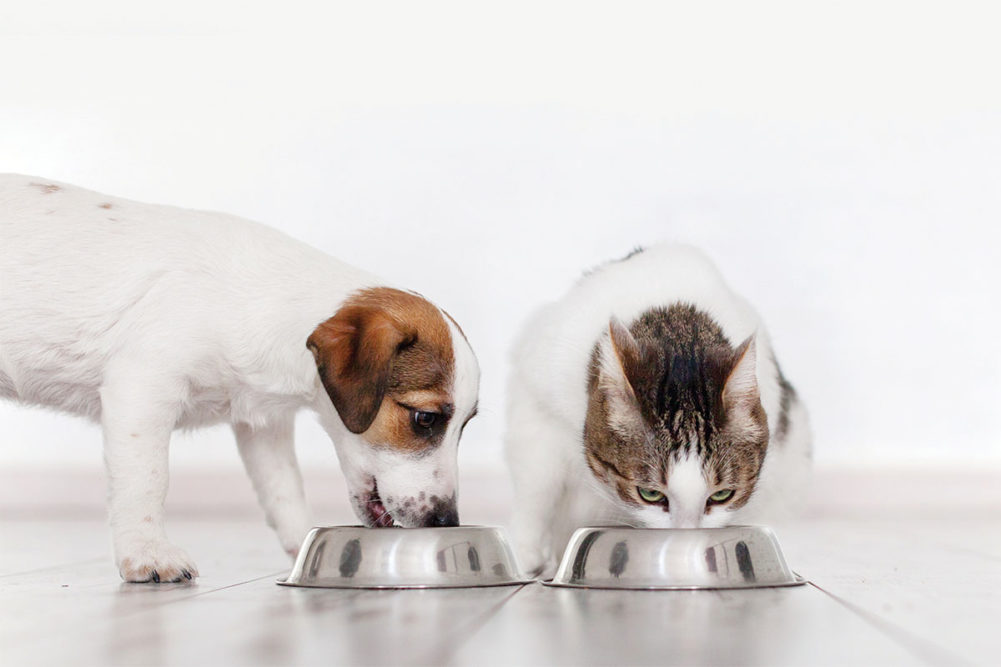This article was published in the June 2022 issue of Pet Food Processing. Read it and other articles from this issue in our June digital edition.
Similarly as human nutrition isn’t viewed with a one-size-fits-all approach, pet nutrition has become increasingly focused on using multiple formats to deliver targeted nutrition to furry household members.
Alongside the more than $175 billion spent each year on health and wellness, pet parents are buying better-for-you products for both themselves and their pets, according to Andrea Binder, client director of the retail pet vertical at Chicago-based NielsenIQ.
“We acknowledge that pet parents don’t want a rote approach to everyday feeding — they want a shared experience that’s exciting for their dog or cat and strengthens the pet-parent bond,” said Dr. Danielle Bernal, veterinarian, Wellness Pet Company, Tewksbury, Mass. “Because of this, Wellness Pet offers nutritional variety and a range of treats, toppers, and dry and wet recipes with a clear focus on pet’s age, needs and recipe-specific proven health outcomes.”
Products on the rise
According to NielsenIQ, sales of meal enhancers, freeze-dried, dehydrated, frozen and natural pet foods all increased by double digits in 2021 compared with 2020. In fact, frozen, freeze-dried, dehydrated and meal enhancers experienced more than 20% growth during the year. Natural products represent $7.1 billion of sales, which was up more than 10% compared with 2020.
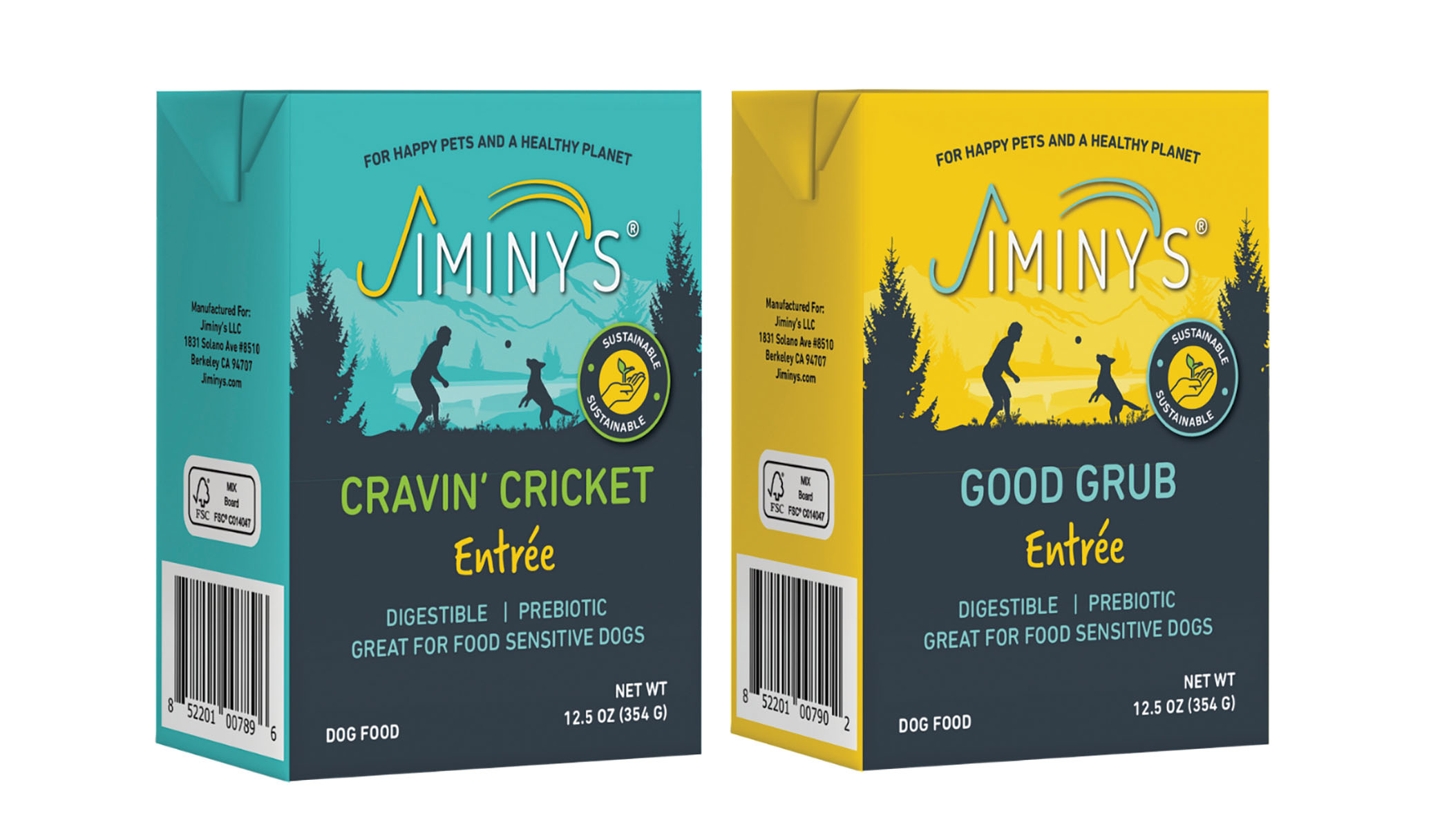 Today, processors are looking to build out existing lines with new format options to offer a complete feeding and treating regimen with more variety. (Source: Jiminy’s)
Today, processors are looking to build out existing lines with new format options to offer a complete feeding and treating regimen with more variety. (Source: Jiminy’s)
“We’re seeing changes stemming from consumers who are looking for feeding experiences to be more than just pouring food in a bowl,” said Heather Govea, chief commercial officer, Alphia, Bern, Kan. “We are seeing the most growth in solutions-based products that deliver additional benefits to the pet above and beyond good nutrition. We are also seeing increases in ultra-premium products, especially with freeze-dried products focused on kibble-plus.”
Govea said while the goal of most manufacturers is to offer multiple formats and reach a broader set of pet parents, most manufacturers tend to specialize in a specific product segment. The types of ingredients and commodities the manufacturer buys determines if their segment is super-premium or value, she said.
“Wellness Pet is strongly committed to redefining products with a defined usage focus and with benefits called out clearly on packaging and labels,” Bernal said. “This directly helps pet parents pick and choose formats that are a customized nutritional experience that they want for their pet. We hear time and time again that pet parents find it difficult to navigate their pets’ food options, so this simple commercial innovation at Wellness helps make this process easier.”
The company’s newest products include Wellness CORE Digestive Health Plant-Based Kibble and Topper meatless recipes with plants and eggs, which Bernal said were developed in response to the growing number of pet parents seeking dog food options that are both healthy and environmentally conscious.
The CORE Digestive Health line includes options for both puppies and older dogs, and the products contain both probiotics and prebiotics to help support microbiome and immunity. This spring, the company launched Wellness Bowl Boosters Freshly products to serve as a fresh food topper to complement a dog’s kibble or even be used as a full meal. Overall, the Wellness CORE digestive health line includes dry, pâté and topper formats.
Additionally, the Wellness Complete Health line has expanded with a recipe for older cats to support immunity, energy, muscles and joints. The line also includes dry, pâté, wet and treat varieties.
Anne Carlson, founder and chief executive officer, Jiminy’s, Berkeley, Calif., said the formats that are thriving are those featuring less processing, and the common thread between baked kibble, freeze-dried and raw is a product that’s final form is as unobtrusive as possible.
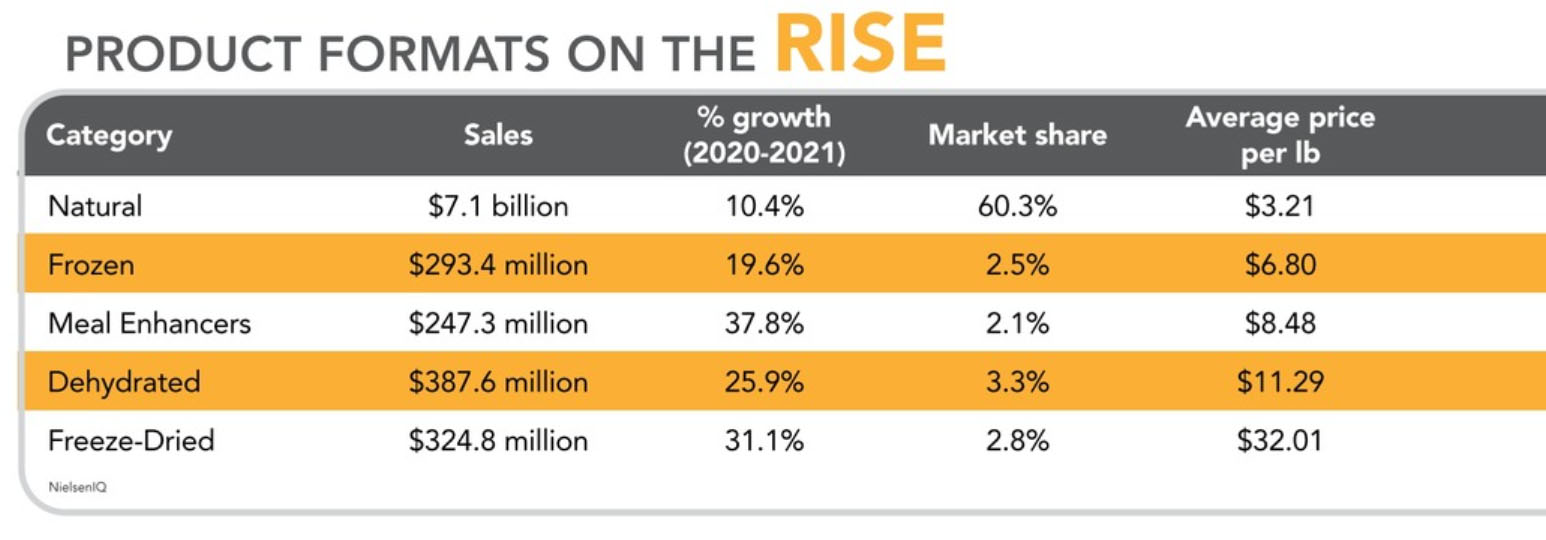 “Jiminy’s is in that sweet spot as our kibble is baked, so we’re able to take advantage of lower temperatures and retain more nutrients,” Carlson said. “Our new wet dog food is also less processed and contains no artificial preservatives.”
“Jiminy’s is in that sweet spot as our kibble is baked, so we’re able to take advantage of lower temperatures and retain more nutrients,” Carlson said. “Our new wet dog food is also less processed and contains no artificial preservatives.”
Amelia Perches, public relations manager, Nulo Pet Food, Austin, Texas, said premium food innovations for dogs have been focused on shortening the ingredient list and including functional benefits, especially in meal toppers and treats. Perches also shared consumers are looking for more engaging and exciting natural food solutions that are quick to prepare, healthy and add variety. The company’s Mix-It Meals provide options to meet these needs and customize a pet’s diet.
Nulo also offers soft chew supplements for dogs in calming, immune, mobility, omega and probiotic options for targeted nutrition beyond what core products offer. The company recently introduced functional granola bars as a healthy snack in mobility, immune, digestion and omega formulations. Perches said granola is often targeted for health-conscious human consumers who enjoy the outdoors and leading an active life, and the company wanted to translate this idea into a product for dogs.
The market for cats has focused on hydration needs through moisture in canned foods, toppers and broths, Perches noted. To this end, Nulo has introduced FreeStyle signature stews, pâté cans and chunky broths with high moisture contents for daily hydration and animal-based protein. The broths can be served on top of kibble, canned or freeze-dried foods for a meal, or consumed as a snack.
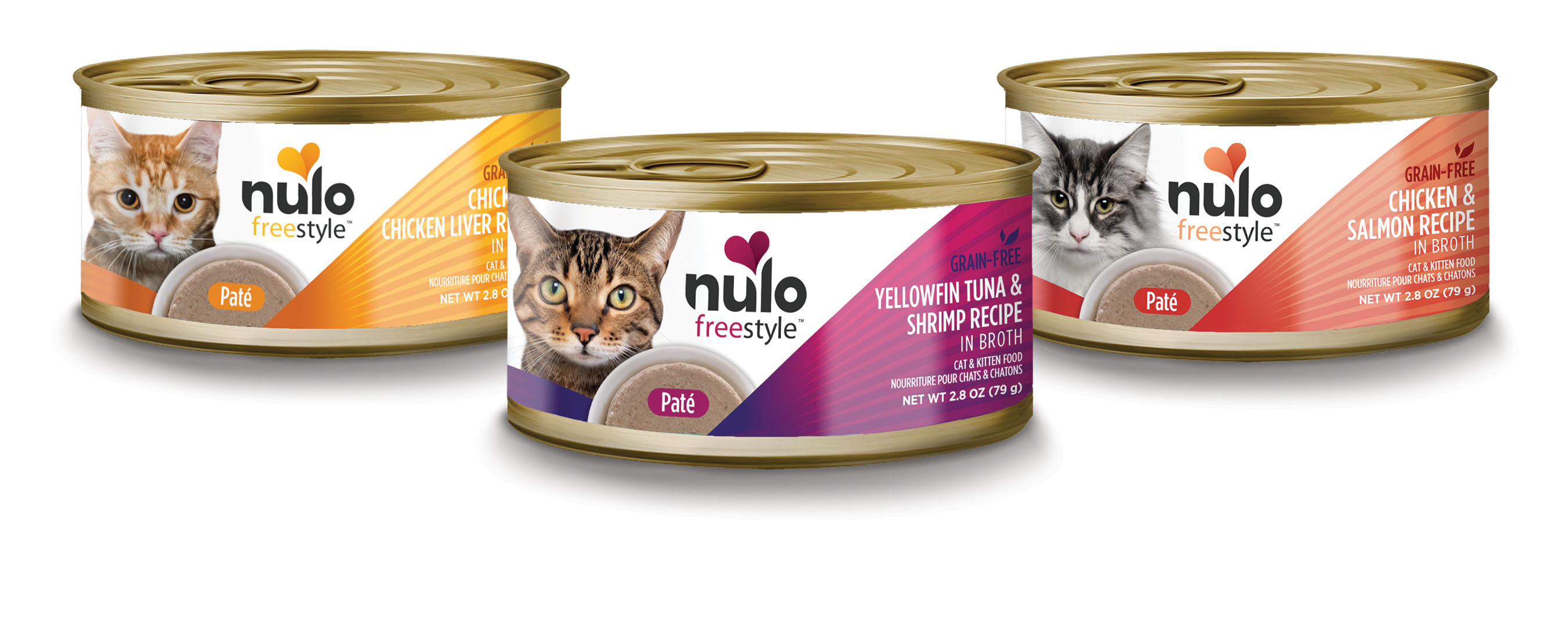 Combination feeding is becoming increasingly popular to promote hydration or to add variety to a pet’s daily meal. (Source: Nulo Pet Food)
Combination feeding is becoming increasingly popular to promote hydration or to add variety to a pet’s daily meal. (Source: Nulo Pet Food)
Binder said NielsenIQ has found pet food searches for holistic health ingredients and functional health ingredients have increased by double digits year-over-year. The search volume for “calming” pet products has increased 42% since March 2021, and consumers are also searching for dental and breath health, sensitive stomach and human-grade options in pet food.
Once these products have been developed, having them available for purchase both in-store and online is also key.
“The pet food shopper is the ultimate omnishopper,” Binder said. “With the ever-changing landscape of pet products on the market, pet food shoppers are doing more research before they buy. Not only are they searching for the best price, but they are also placing a high value on the most convenient ways to get quality products for their pets.”
Challenges with variety
While Govea described the flurry of activity across all formats as “all tides ride,” companies have found challenges in offering such a variety of products.
“Each one [of these formats] has its own learning curve,” Carlson said. “You may have the same ingredients, but now you’re dealing with different cooking temperatures, different packaging, etc. Then there’s the art to it: How do you achieve the highest nutrition and palatability in each format? With just our baked kibble, there is an enormous amount of inputs that you need to learn and juggle, and each format multiplies those inputs. I’ve worked hard to educate myself, but I also lean a great deal on our veterinarian nutritionist, our co-packers and my team, while also listening to our customers and their preferences.”
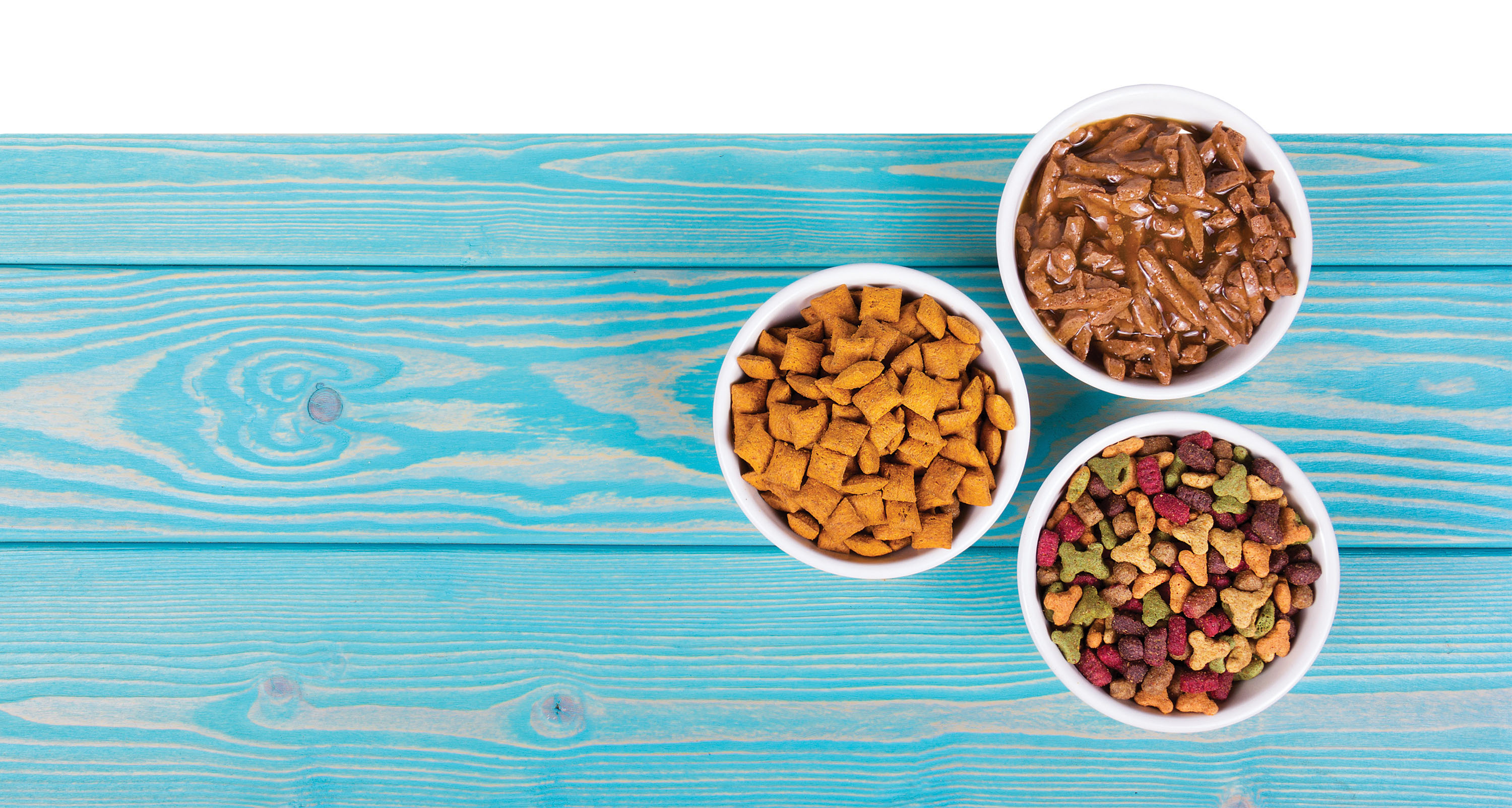 All formats of pet foods are experiencing growth, as pet parents continue their quest to serve their pets as much variety as possible. (Source: ©alatielin - stock.adobe.com)
All formats of pet foods are experiencing growth, as pet parents continue their quest to serve their pets as much variety as possible. (Source: ©alatielin - stock.adobe.com)
Binder said while most areas across pet nutrition continue to see growth, the lack of on-shelf availability and variety has resulted in fewer UPCs selling in cat treats and wet cat food. Supply chain issues have also significantly impacted dog treats during the last year, going from six fewer UPCs selling in 2020 to 121 fewer UPCs selling in 2022. Meanwhile, wet cat food went from 106 fewer UPCs selling in 2020 to 142 fewer UPCs selling in 2021.
According to NielsenIQ, the total number of UPCs selling shows the overall variety of pet food seen on store shelves declined by 586 UPCs, from 27,697 in 2020 to 27,111 in 2021.
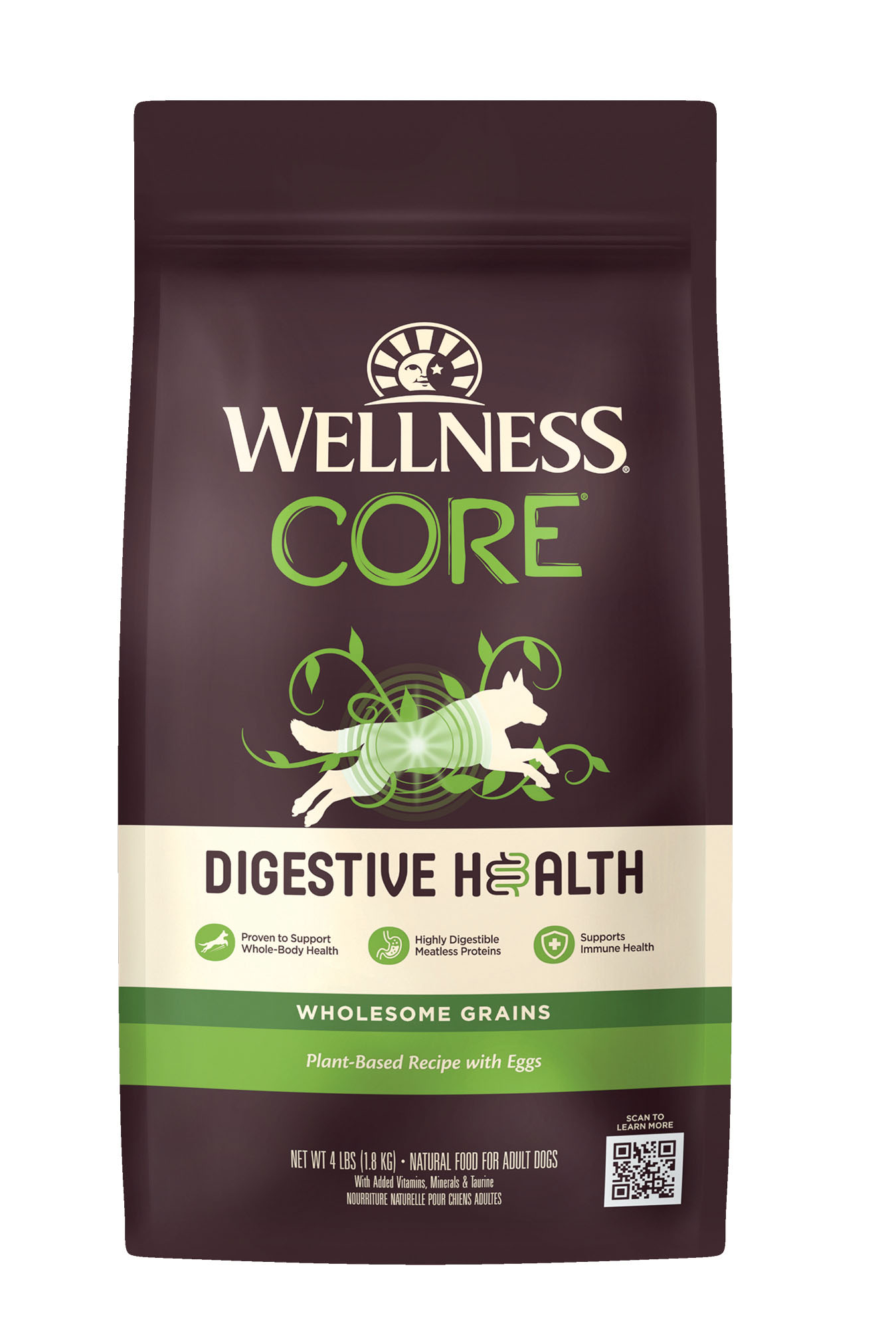 Many new pet food products combine multiple consumer demands, such as digestion and life-stage support, into a single formulation. (Source: Wellness Pet Company)
Many new pet food products combine multiple consumer demands, such as digestion and life-stage support, into a single formulation. (Source: Wellness Pet Company)
While Govea said they are seeing across-the-board growth, formats that are growing at a lower rate are those in the high-protein or grain-free categories. Govea also noted the biggest challenges for developing and delivering products across the different formats are unpredictable supply chain disruptions on everyday ingredients from sunflower oil to tapioca and chicken meal, and those disruptions have caused the company to think differently about their overall supply chain.
Meanwhile, Carlson said standard extruded kibble has hit a difficult spot in the market as manufacturers of new formats are criticizing it in advertisements.
“As the lines between human and pet foods continue to blur, we’re looking beyond the constraints of traditional manufacturing capabilities to the human consumer packaged goods industry for novel processing technologies and packaging solutions,” Perches said. “The inability of large organizations to quickly adapt to changes in consumer demands also creates an opportunity for smaller, more agile brands to disrupt and innovate within the rapidly evolving market for premium dog and cat foods, toppers and treats.”
Read more about product development, ingredients and formulation.

